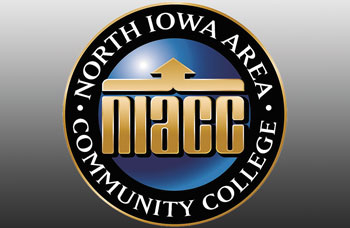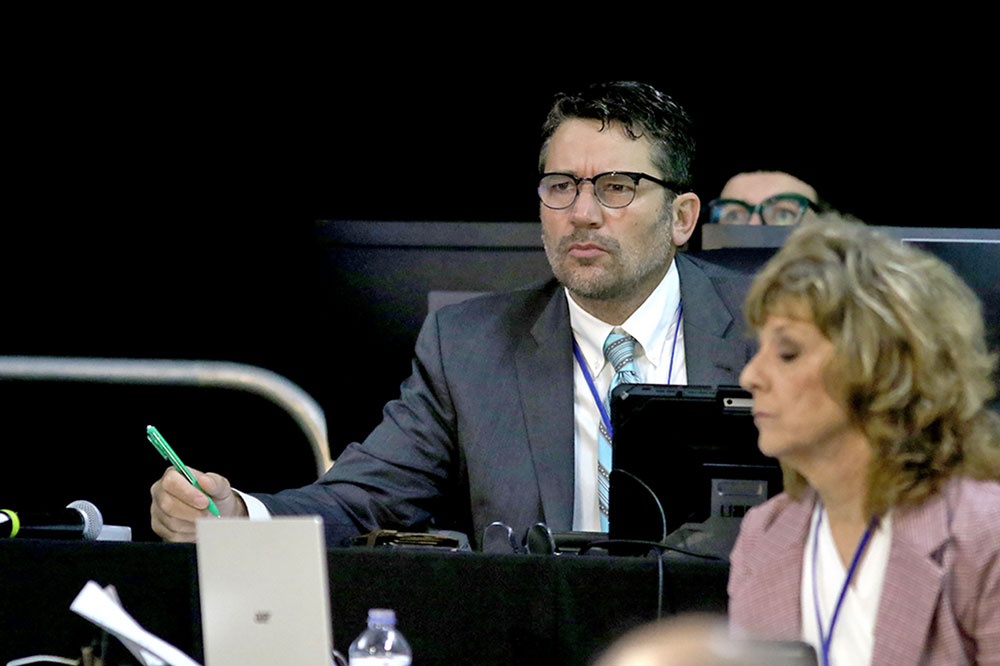Guest view: School district budget adjustments – The second phase
By Dr. Ann Lundquist, Superintendent, Charles City Community School District
First article in a three-part series.
As you may know, Iowa school finance is a complicated topic. The process is driven by student enrollment, upon which budgets are built, which ultimately defines the district’s spending authority.
If enrollment declines, our budget decreases. Unfortunately, this is currently the state of affairs for the majority of rural districts, including ours. In situations like this, it becomes necessary to review expenses and adjust them accordingly in order to be as fiscally responsible as possible.
The purpose of this feature, which is the first in a three-part series, is to make you aware of some of the contributing factors influencing the district’s next phase of budget adjustments.
There are two primary indicators of a school district’s financial health – unspent budget authority (also referred to as “unspent balance”), and solvency ratio.
The district’s unspent balance is the amount of unspent general fund capacity, or authority, (it is not cash, it is the authority to spend, as revenue permits). The amount of authority left at the end of the year can be carried over to the next year.
The trend line for this unspent balance is a key indicator in the decision-making process for expenditures. Because the district’s spending authority is set by the Legislature, in the form of per-pupil funding, the only way for districts with decreasing enrollment to be fiscally sound is to control general fund expenditures.
Similarly, the solvency ratio is calculated by dividing the district’s general fund balance by general fund revenue. Board policy states a range of 10-15% is ideal, with 10% serving as a minimum.
Last year we were at 15%, and currently we are at 11%. Although this is still within range, it represents a sharp decrease in just one year. Without adjustments in expenditures now, this number is predicted to drop to 4.8% in the next fiscal year.
The only way a district can impact its solvency ratio is to reduce expenditures (which we are able to do) and/or increase revenue (which is much more difficult, again, due to our declining enrollment).
Our district has overspent the budget by about $1,150,000, this year, which will impact our spending authority next year, and more importantly, it has and will continue to impact our reserve, or “cash” balance.
In the coming year, revenue is estimated to be approximately $22,000,000, which is less than the projected expenses of $23,700,000, which means we are at risk of overspending our budget next year. That would not be acceptable given the impact this would have on our unspent balance and our solvency ratio.
Finally, in addition to the two indicators of fiscal health, a third important component impacting the district’s current finances is the extent to which expenditures have exceeded the budget for special education services.
Because the state revenue allocated to serve students with special needs does not adequately cover the actual cost of providing the necessary support, it is common for districts to incur a deficit in the special education budget.
I think we would all agree that it is important to provide necessary programs for students with special needs, regardless of the fact the cost of some programs may exceed the revenues provided by the state.
When this happens, and it often does, local property taxes will increase slightly to cover the deficit. While none of us want to pay additional taxes, the reward for doing so is the satisfaction we receive in knowing that our district is able to provide quality programs for all learners.
In short, the district is depleting reserves more rapidly than it should, and expenditures are exceeding our revenues.
To mitigate this issue the administration will be recommending the school board make a number of adjustments to ensure the financial stability of the district in the future, which I will detail in a subsequent column.








Social Share